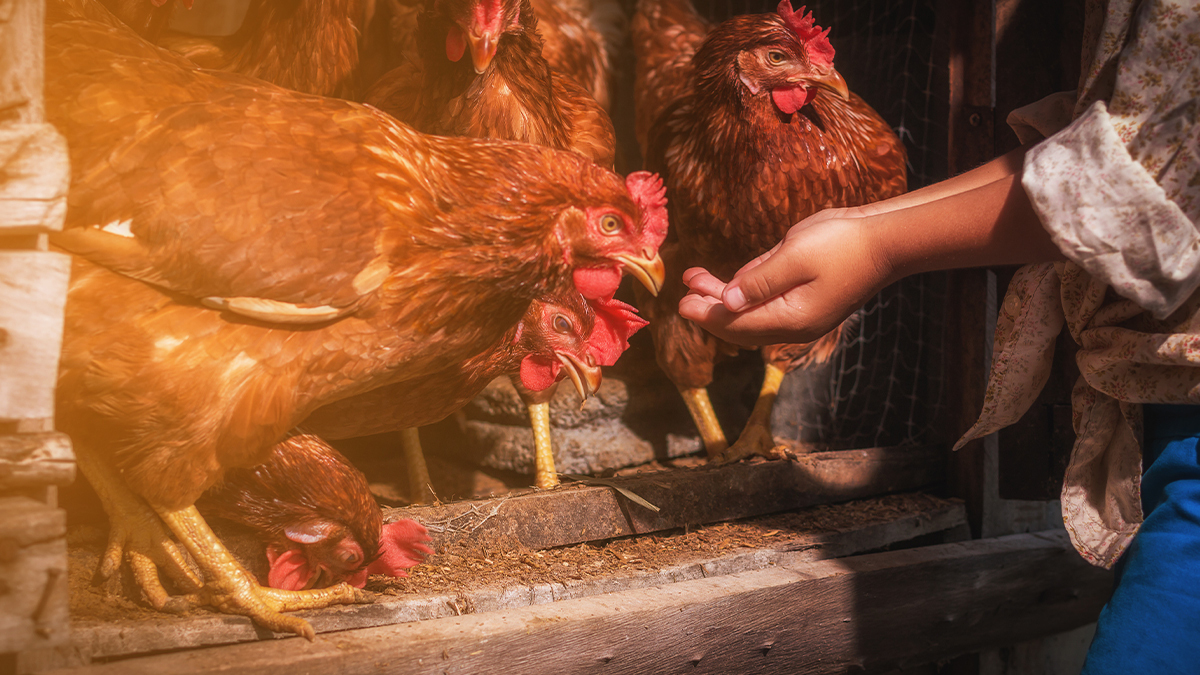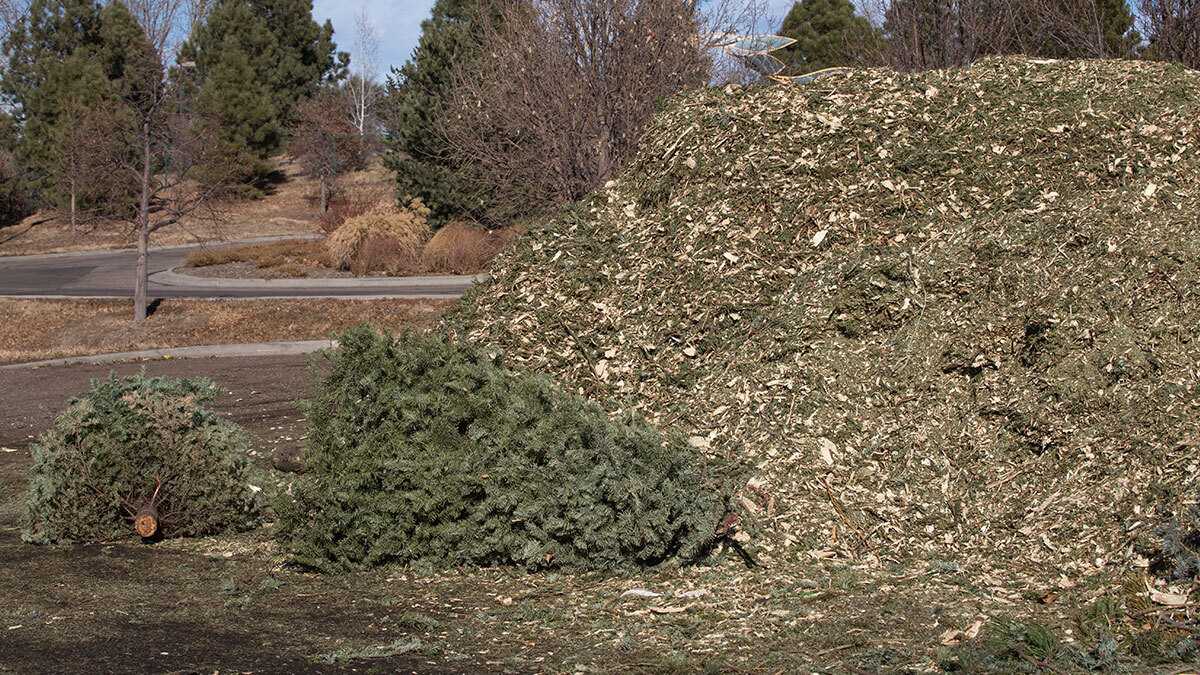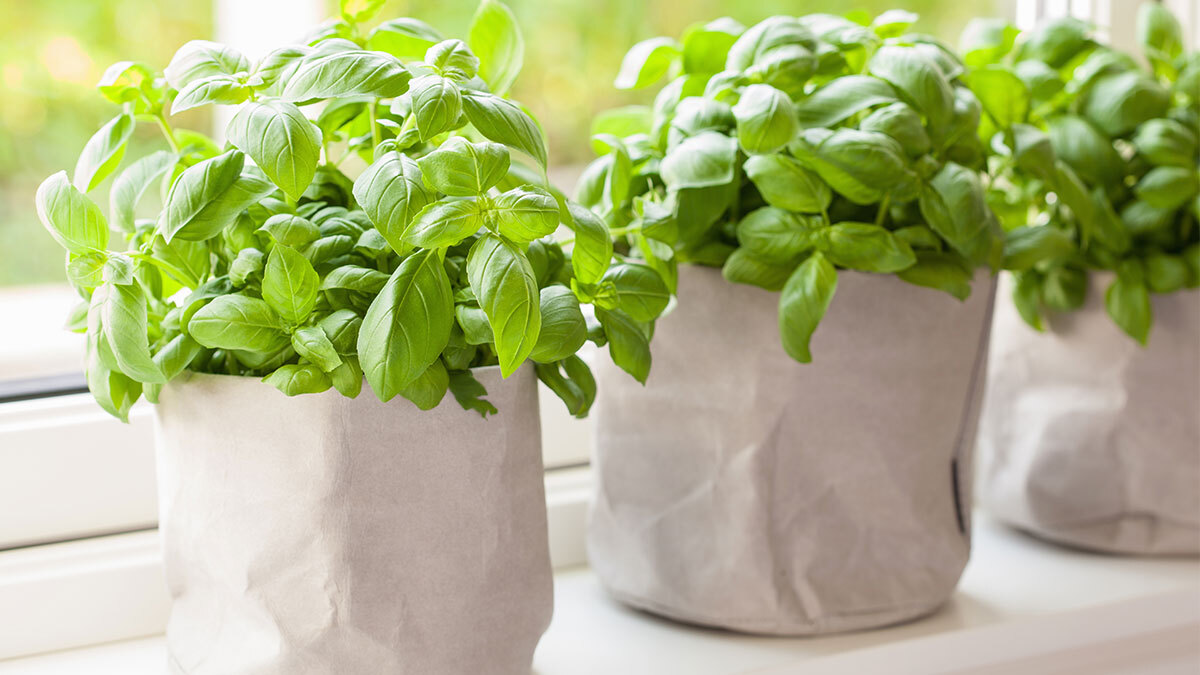on
Homesteading is a dream come true for many, but that doesn’t mean it’s simple or easy. For a homestead to succeed, you have to invest a lot of time and energy.
That’s why it is important to consider automating as much as possible!
When we discuss homestead automation, we’re talking about doing whatever you can to automate things that will make your life easier, cut your chore time in half, and aid you in remembering to do something.
Today, homestead automation tends to involve smart features or using “the Internet of things” to control the homestead.
However, homestead automation can also mean building DIY gravity-powered chicken feeders.
The key is building systems that help you do less, such as feeding your chickens. But that’s not the only reason for homestead automation.
With homestead automation, you can do everything from feeding and watering your animals to irrigating your garden, controlling temperatures inside coops and greenhouses, and protecting your animals and family from predators.
Let’s look at some of the ways homestead automation can make your homestead more efficient.
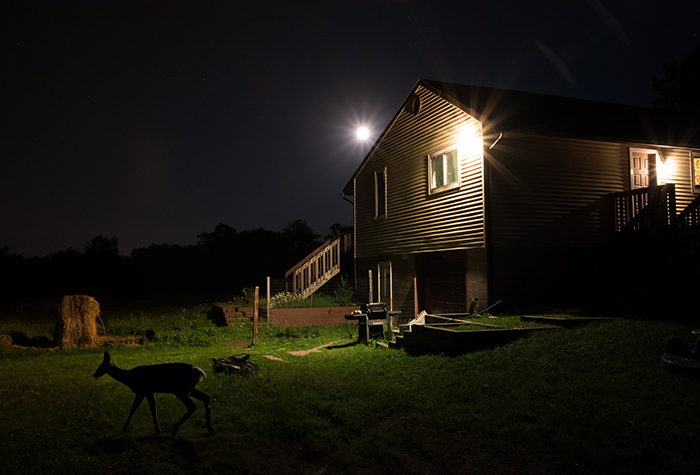
Automating Security
Security is paramount.
In addition to protecting your family and home from those who could do you harm, automated security features can also protect your animals and garden.
Here are some examples:
- Chicken Doors: An automated chicken door makes raising chickens easier. You can set a time for the door to open and close. This will make it even more difficult for predators to get to your coop during the evening hours. It will also save you time in the mornings.
- Motion Sensors: Motion sensors around the homestead can also protect your flock from predators. In addition, you can set up automation that not only produces light but also turns on sound to deter deer from eating the produce in your garden.
- Cameras: You can set up cameras along your homestead property to capture stills at certain times, or if triggered by motion sensors. There are also some motion cameras that connect to your smartphone so you can livestream whatever has triggered the camera.
- Timed Lights: A basic security feature every home should utilize is a timer for lights. These are extremely helpful when you travel to give off the look of someone being at home.
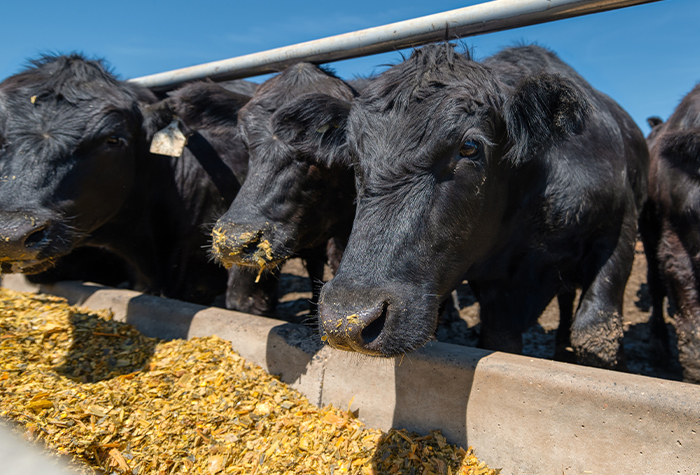
Food & Water Automation
There are many daily chores on a homestead. Imagine if you could avoid some of these daily chores and save time with homestead automation!
One such daily chore that can be automated is feeding and watering your animals.
Rather than feeding your animals daily—or multiple times a day—you can use an automated feed and water system. Fortunately, there are numerous ways this can be accomplished.
For example, you can invest in a smart animal feeder that allows you to store several gallons of feed, then set a digital timer to release the food at certain times.
Or you can build a DIY chicken feeder that is gravity-released. This doesn’t require batteries or a connection to the internet, but it still releases food as needed over the course of several days.
- Automated Feeders: You can find high-tech app-controlled smart feeders or build your own gravity-released automated feeder. If the smart device is too much for your taste, you can build a feeder that operates with a timed release.
- Automated Waterers: Animals must always have access to water. You can build an automated DIY chicken-watering system or a gravity-released watering system. Typically, these hold several gallons of water so that you can go days without refilling.
- Stock Tank Floats: Stock tank float valves are an old-fashioned way to automate water systems. The stock tank float controls the water level in stock tanks, troughs, and barrels. When water goes below the float, the valve opens, which allows more water to refill the trough.
Automating Irrigation Systems
In addition to drinking water for their animals, homesteaders can automate irrigation systems to ensure their crops get the water they need.
- Timers for Watering Gardens: A simple way to automate watering is to use controlled timers. Simply connect water sources or sprinklers to timers and your watering is automated.
- Irrigation Systems: You can purchase or build an automated irrigation system for your outdoor gardens and your greenhouse, such as hose timers that work with drip irrigation. You can install a gravity-fed irrigation system. There are also smart sprinklers and smart irrigation systems available that allow you to control when you water, how much you water, and more.
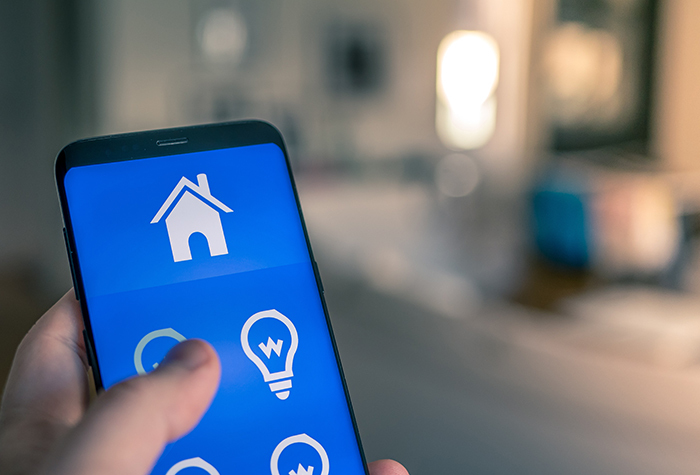
Homestead Automation for Electricity
If you find yourself spending a lot of time simply turning things on and off around the homestead, you may want to consider automating some of these basic functions using smart plugs.
Smart plugs are power plugs connected to Wi-Fi that act like remote-controlled power switches. With a smart plug, you can control most basic functions using an app. For example, you can install a smart plug inside your chicken coop that allows you to turn on and off the lights as needed.
Similarly, if you utilize plant lights indoors, you can use smart plugs to control these lights or schedule them to operate at different times.
You can even use a smart plug to control the air or heat inside different homestead spaces, such as turning on a fan or brooder light.
Automate Temperature
Temperature is extremely important for homesteads in different areas. A too-hot greenhouse will result in dead plants. A too-cold water dish will result in dehydration.
[Related Read: Stop Your Livestocks’ Water from Freezing]
Here are some ways you can use automation for temperature control:
- Coop Temperature: There are temperature sensors that you can use that will turn off heat lamps when they get too hot and turn lamps on when the temperature gets too cool.
- Greenhouse Temperature: It is necessary to keep temperatures in greenhouses stable. With smart controls, you can receive notifications when greenhouse temperatures change. You can also automate temperature changes, such as heating up and cooling down when certain temperatures are sensed.
- Water Dish Heater: You can automate a water heater to turn on when the outside temperature gets below freezing to ensure the water trough doesn’t ice over.
[Related Read: 25+ Homestead Hacks That Will Make Life Easier]
Get access to premium content and more!



